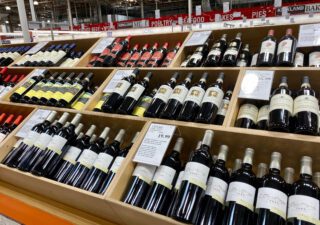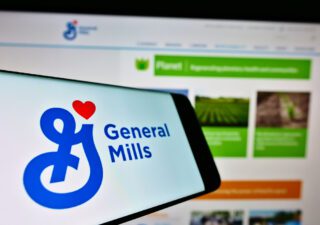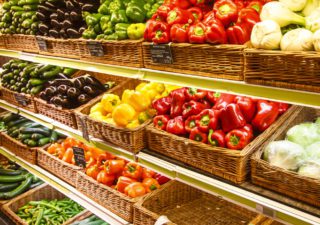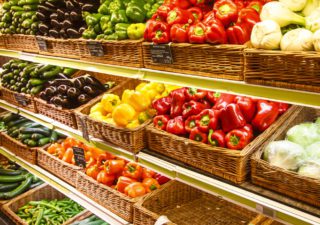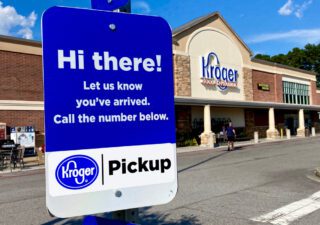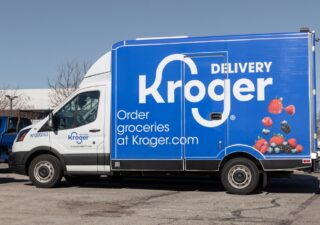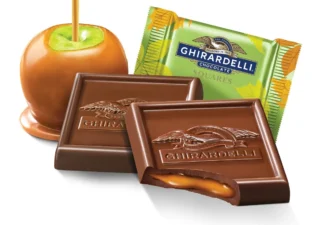Key Ecommerce Statistics on the Food & Beverage Category – Snapshot
FOOD & BEVERAGE
Food & Beverage Ecommerce Statistics
 |
 |
 |
Food & Beverage Trends: pandemic-era growth has slowed
Food/beverage was the fastest-growing merchandise category over the pandemic, posting compound annual growth of 32.2% from 2019 to 2022. That’s well above the second-fastest-growing category of health/beauty at 26.1% annual growth.
However, online sales in the category grew by only 3.4% in 2022 as many consumers returned to shopping for food in supermarkets.
  |
|
     |
  |
Amazon Fresh has 3% of grocery market
The online share of food/beverage sales attributable to Top 1000 retailers has held steady for two years at 2.8%.
Amazon, for example, has only 3% of the U.S. grocery market, according to market research firm Consumer Intelligence Research Partners.
If competition in this category heats up, it will especially impact the 38 Top 1000 retailers in the food/beverage category, many of them sellers of specialized products like coffee, tea, organic foods or meal kits.
With over $60 billion in cash on hand and a stock market value of $1.2 trillion, Amazon has the financial resources to accelerate its move into grocery with an acquisition.
     |
In 2022, online sales in the food/beverage category grew by 8% — higher than the 7.6% in combined online/brick-and-mortar sales within the category and well above the 5.1% increase seen across all-category sales by Top 1000 North American e-retailers in 2022.
  |
     |
  |
Online grocery shoppers are ageless
The COVID-19 pandemic changed how people shopped for food.
By 2022, seemingly everyone engaged in online purchasing in the food/beverage category.
If there was a time when buying groceries online was something only the young did, those days are over.
More than a quarter of online shoppers in the category last year were older than 55.
  |
  |
  |
Source: Digital Commerce 360 1. Digital Commerce 360 analysis of SimilarWeb traffic data. 2. Includes only U.S. sales from the sites of U.S.-owned retailers for consistency with the U.S. Department of Commerce’s methodology. 3. Digital Commerce 360 analysis of U.S. Department of Commerce retail data. 4. Medians won’t sum to 100%
Food & Beverage Category News Feed

